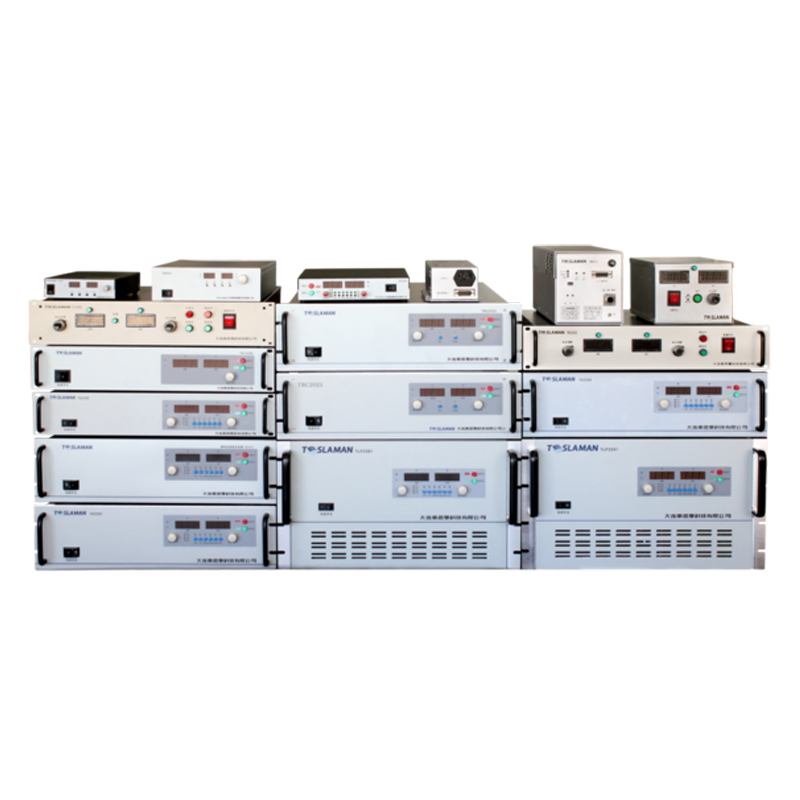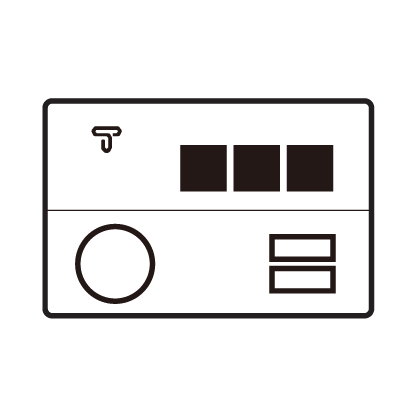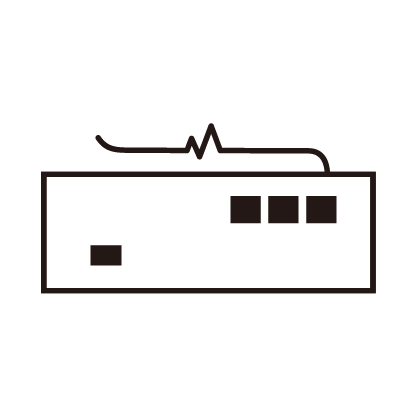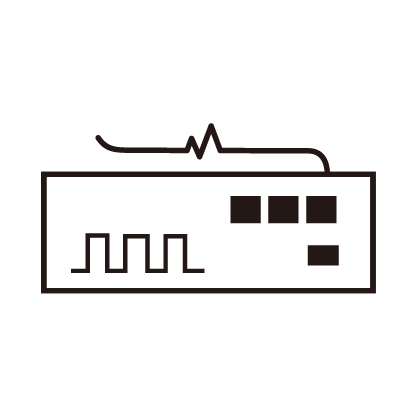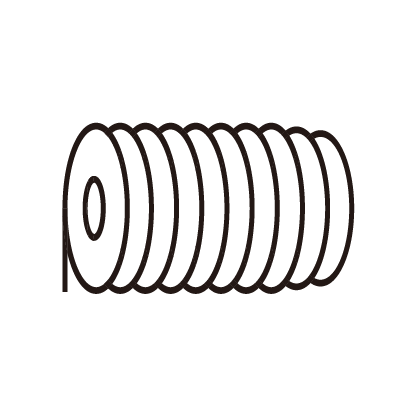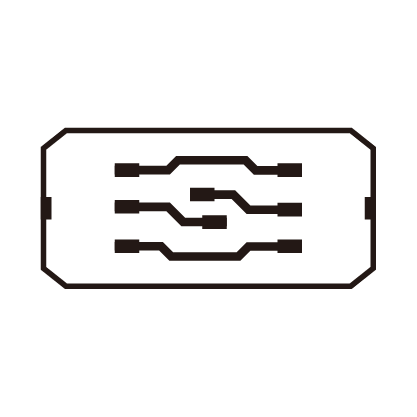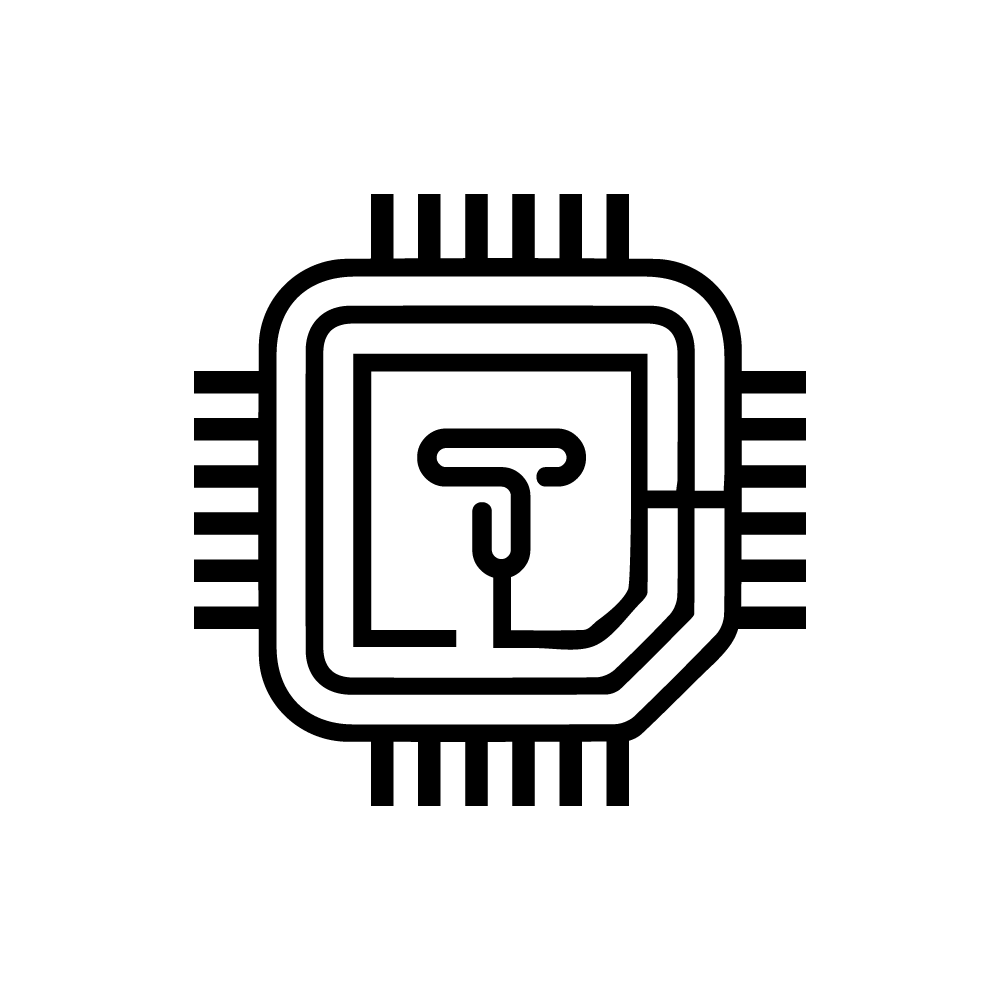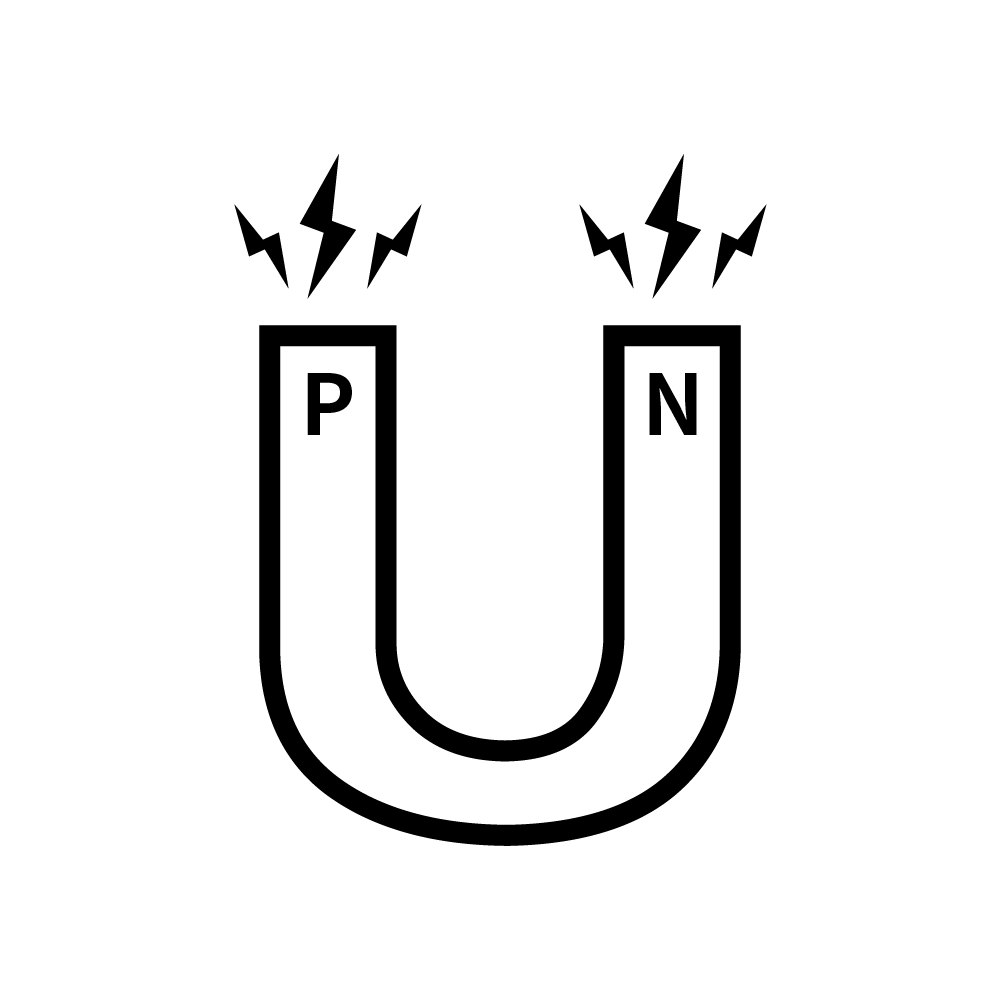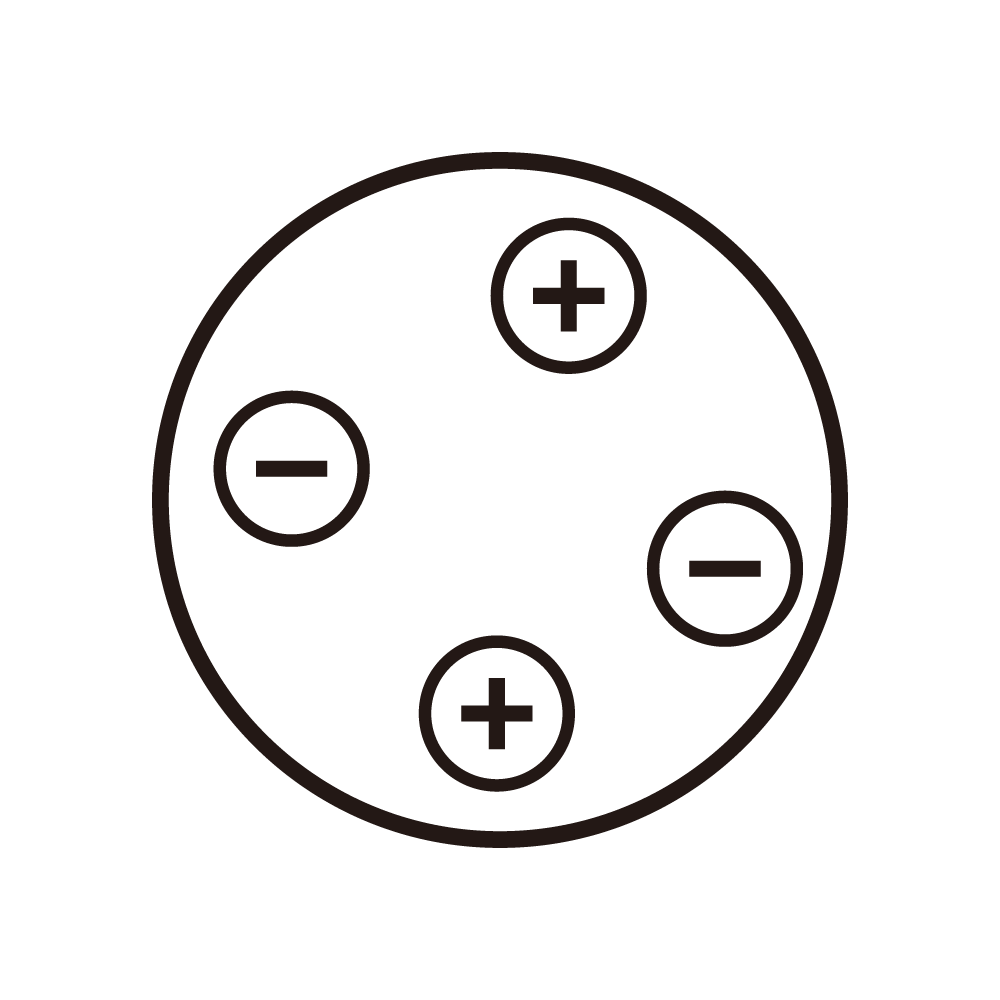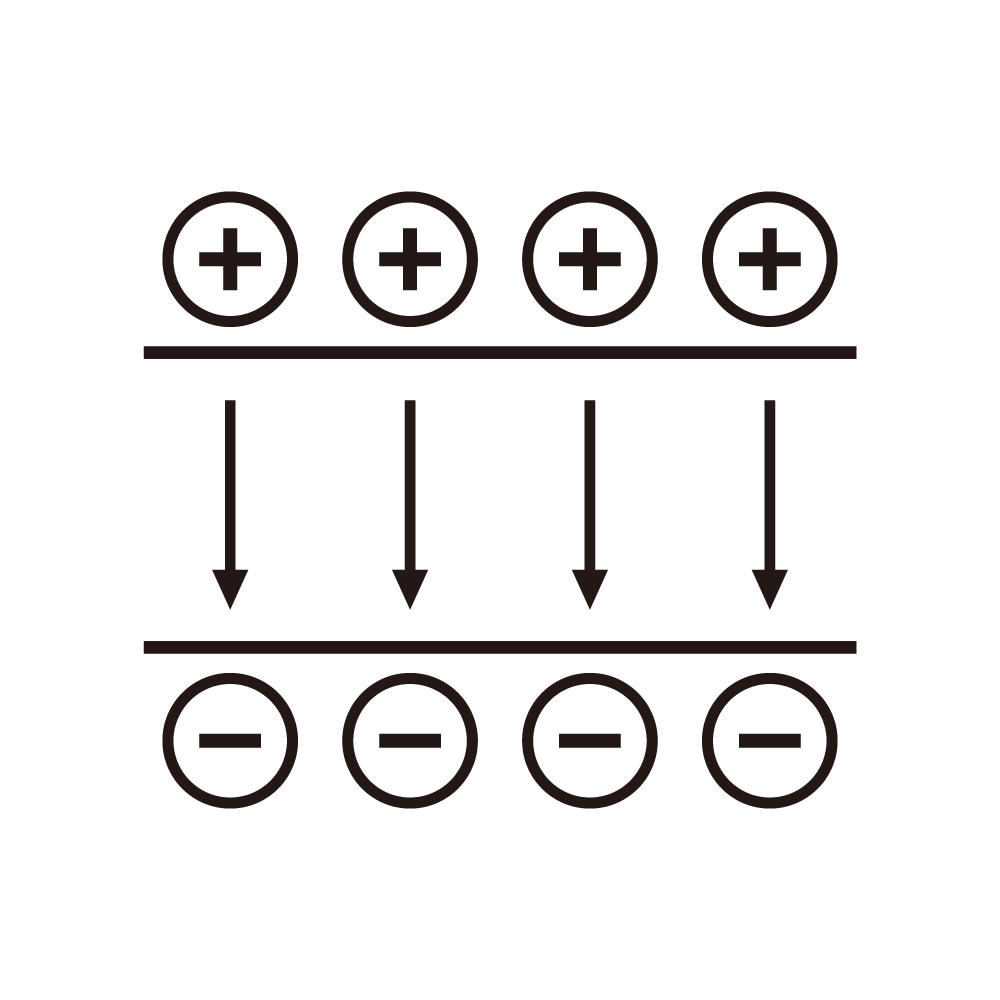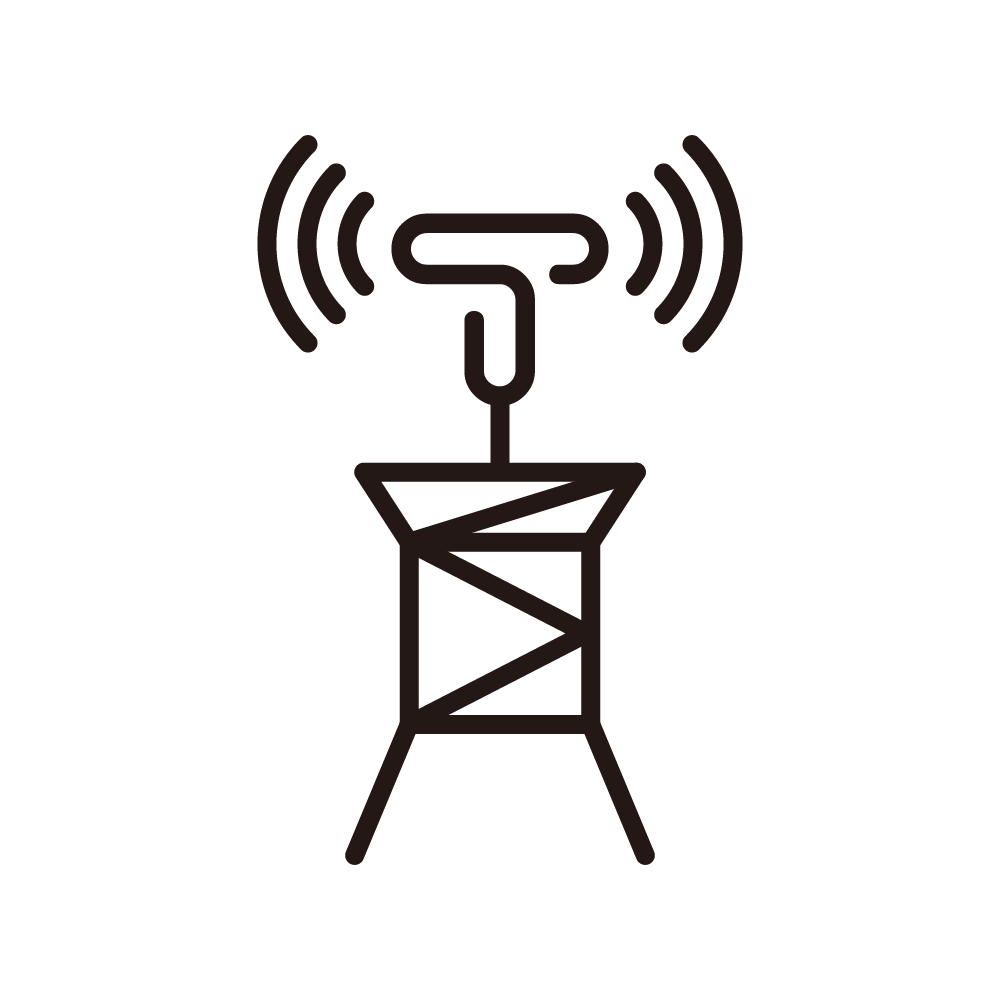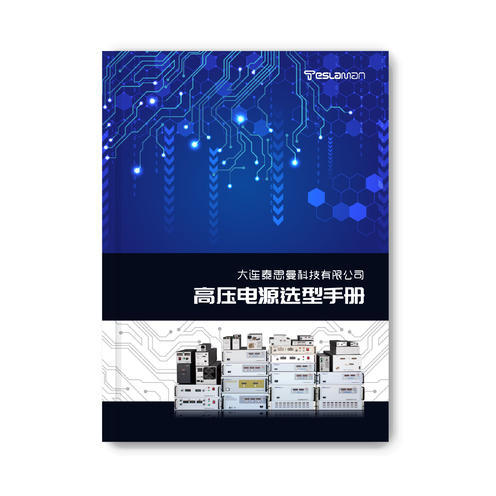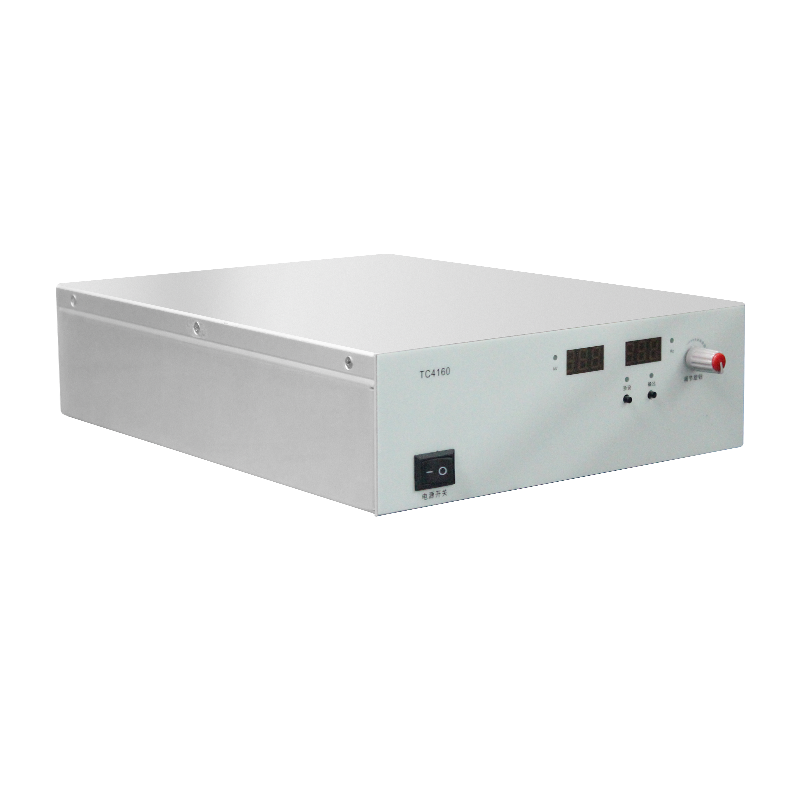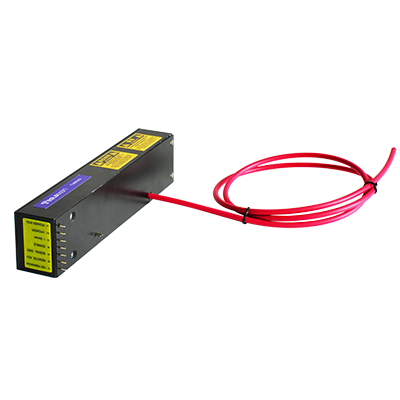Output Accuracy Control of High-Voltage Power Supply for Electron Beam 3D Printing
In electron beam 3D printing, the output accuracy of the high-voltage power supply (voltage accuracy, current accuracy, ripple coefficient) directly affects the stability of the electron beam energy density, and thus determines the dimensional accuracy and mechanical properties of the printed parts. The output accuracy of traditional power supplies is affected by grid fluctuations, load changes, and temperature drift, making it difficult to meet the needs of high-precision printing (such as aerospace precision components and medical implants). The output accuracy control technology needs to construct a control system from three aspects: interference suppression, closed-loop regulation, and error compensation to achieve the goals of voltage accuracy ±0.1%, current accuracy ±0.2%, and ripple coefficient ≤0.2%.
Interference suppression reduces the impact of external factors: an active power factor correction (APFC) module is used on the grid side to increase the power factor to more than 0.98, suppress the impact of grid voltage fluctuations (±10%) on the output, and an isolation transformer (isolation voltage ≥5kV) is used to reduce grid noise coupling; a load buffer circuit is designed on the load side. When the load changes suddenly (±20%), the impact energy is absorbed through the LC filter network composed of inductors and capacitors, and the output voltage fluctuation is controlled within ±0.05%; temperature interference is monitored in real time by a high-precision temperature sensor (accuracy ±0.1℃) for the internal temperature of the power supply (25-60℃), and a temperature compensation resistor is used to correct the sampling circuit to avoid accuracy deviation caused by temperature drift (accuracy deviation ≤0.02% for every 10℃ temperature change).
Closed-loop regulation realizes real-time accuracy correction: a dual closed-loop control structure is adopted. The inner loop is a current closed loop, which collects the output current through a 16-bit high-speed ADC (sampling frequency 1MHz), compares it with the given current, and controls the switching of power devices after PID regulation, with a current regulation accuracy of ±0.1%; the outer loop is a voltage closed loop, which collects the deviation between the output voltage and the given voltage, and adjusts the current loop given value through the fuzzy PID algorithm (balancing rapidity and stability) to achieve a voltage accuracy of ±0.1%; for ripple control, a multi-level LC filter (filtering times ≥3) is set at the output end, and synchronous rectification technology is adopted to reduce switching noise, reducing the ripple coefficient from the traditional 0.5% to below 0.2%.
Error compensation eliminates inherent system deviations: an error compensation model is established through calibration experiments, measuring the deviation between the actual output and the given value under different voltages (10-40kV) and currents (5-80mA), and storing it in a compensation database; during power supply operation, the corresponding compensation value is called according to the current output parameters to correct the given value in real time. For example, when the output voltage is 20kV, the compensation value is +0.03kV to ensure that the actual output is 20.03kV, consistent with the given value; in addition, a digital potentiometer is used to adjust the gain of the sampling circuit in real time to correct the component parameter drift caused by long-term use (such as resistor and capacitor aging), maintaining accuracy stability (long-term accuracy deviation ≤0.05%/year).
The accuracy control effect is verified through experiments: under the comprehensive working conditions of grid fluctuation ±10%, sudden load change ±20%, and temperature change 35℃, the accuracy of the power supply output voltage of 25kV is 25±0.02kV, the accuracy of the current of 30mA is 30±0.06mA, and the ripple coefficient is 0.18%; using this power supply to print titanium alloy precision components for aerospace, the dimensional accuracy reaches ±0.05mm, and the surface roughness Ra ≤1.6μm, meeting the high-precision printing requirements. The output accuracy control technology provides key power supply support for the manufacturing of high-precision electron beam 3D printed components and improves the process reliability of additive manufacturing.
